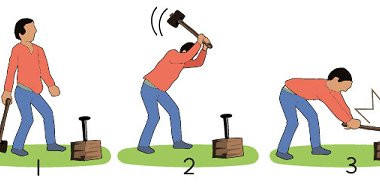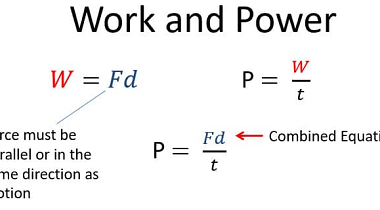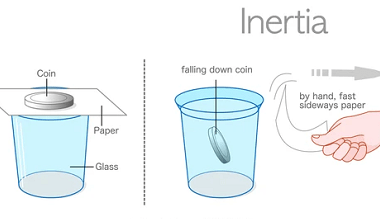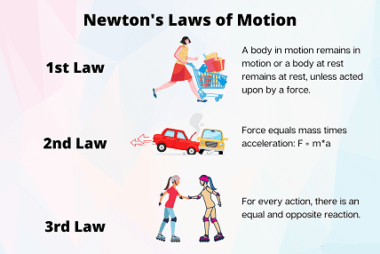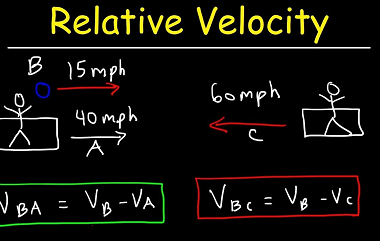Mechanical energy
Mechanical energy is the sum of kinetic energy and potential energy of an object due to its position, motion, or both. Kinetic energy is the energy an object possesses due to its motion, while potential energy is the energy an object possesses due to its position or state of being. The total mechanical energy of…
